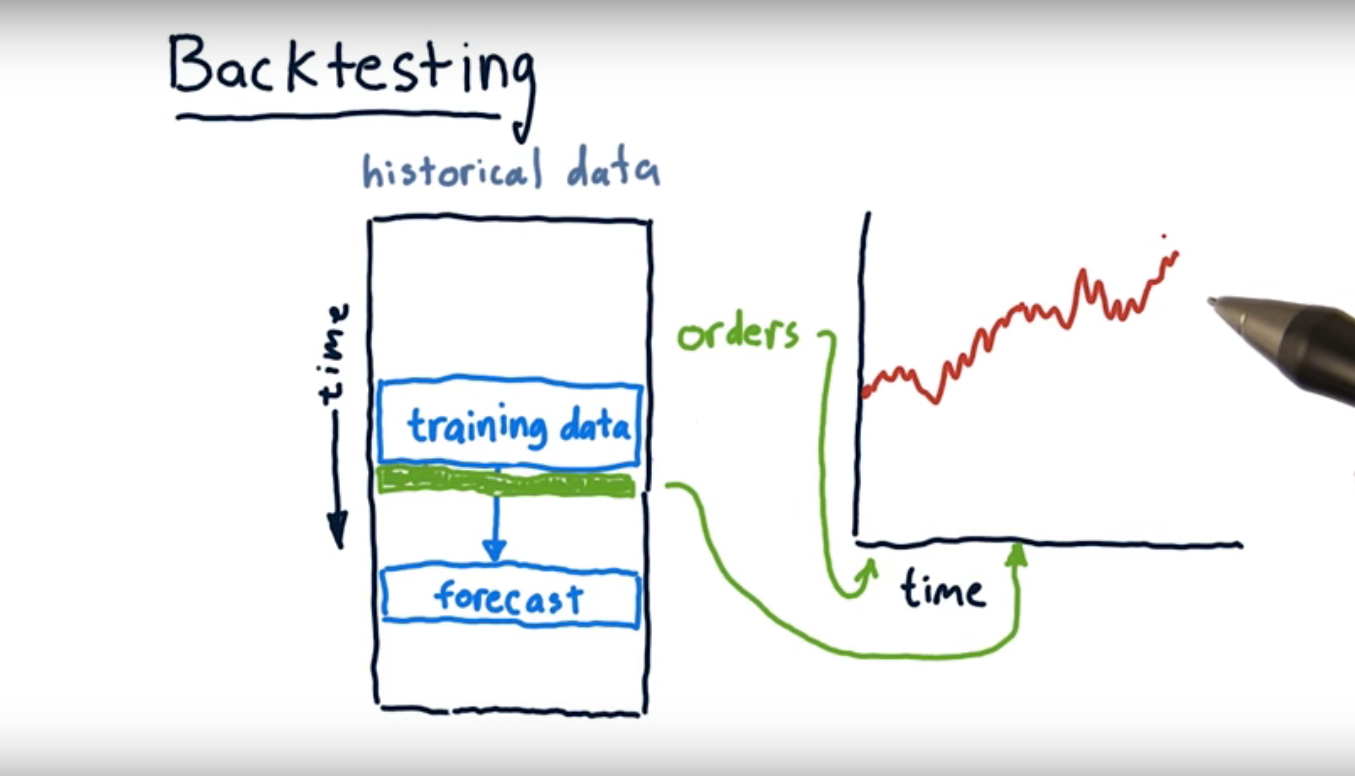Machine learning (ML) is one of the most promising areas of innovation that companies from all sectors are recently seeking to explore. Companies ranging from the manufacturing sector to the robotics and mechanical engineering sector are increasingly using Artificial Intelligence (AI) and ML.
Beyond that, the AI concept has extended its impact to the financial markets through machine learning. Over the last two decades, markets have become more dynamic and trading using ML algorithms is seemingly taking over from the traditional exchange-based trading. Hedge fund managers and traders alike are now focusing on developing programs that assist their daily trading business in an effort to increase returns.

There is also a recent trend for banks and finance firms to ask for more data analysis skills and market knowledge. This is quite rational, since understanding the economics behind the data and the market is as important as developing complex technical solutions.
It is also a fact that human beings cannot be excluded from trading. However, the size of data required for making a good trade are increasingly bigger. For this reason, it is inevitable that at some point in the near future machines will become increasingly prevalent over humans on this task. Machines have the ability to quickly analyze data, news and tweets, process earnings statements, scrape websites, and trade on all these instantaneously. This ‘ability’ will provide an invaluable tool for traders, fundamental analysts, equity long-short managers and macro investors.
Nevertheless, humans still retain an advantage on seeing the big picture. Machines are still not very good at spotting market turning points and making forecasts involving human responses such as those of politicians and central bankers, or anticipating how markets are going to move. In addition to this, the data required for ‘predicting’ the markets are getting more and more complex.
This is why data scientists are getting increasingly sought after nowadays. Before machine learning strategies can be implemented, data scientists and quantitative researchers need to acquire and analyze the data with the aim of deriving tradable positions and trends.
This data analysis is extremely complex. Today’s datasets are much bigger than yesterday’s. They can include anything from data generated by individuals (social media posts, product reviews, announcements, search trends, etc.), to data generated by business processes (company data, commercial transactions, trades etc)
These new forms of data need to be thoroughly analyzed before they can be used in a trading strategy.

Machine learning includes many concepts such as supervised learning, unsupervised learning and deep and reinforcement learning.
The purpose of supervised learning is to establish a relationship between two datasets and to use one dataset to forecast the other.
The purpose of unsupervised learning is to train an artificial intelligence algorithm using information that is neither classified nor labelled and allowing the algorithm to act on that information without guidance.
The purpose of deep learning is to use multi-layered neural networks to analyze a trend, while reinforcement learning uses algorithms to explore and find the most profitable trading strategies.
As a result, the skills required for a data scientist is actually the same as for any other quantitative researchers. Existing buy side and sell side quants with backgrounds in computer science, statistics, maths, financial engineering, econometrics and natural sciences are continuously moving into this new field of expertise.
Apart from Machine Learning skills, expertise in software development is also a useful asset. Most of the Machine Learning methods and libraries are already there (e.g. in Python): you just need to know how to apply the existing models and be confident to modify them if required.
In general, the use of ML-based trading systems has started to make trading easier and more profitable. While these systems are common among both large hedge funds and smaller startups, third party trading software developers have also provided a new way for individual traders to get in the game.
All the above have changed the way traders are doing their every day jobs. We are living in an era where making money in the stock market is not only a question of how experienced you are, but also of how powerful your trading tool is.


